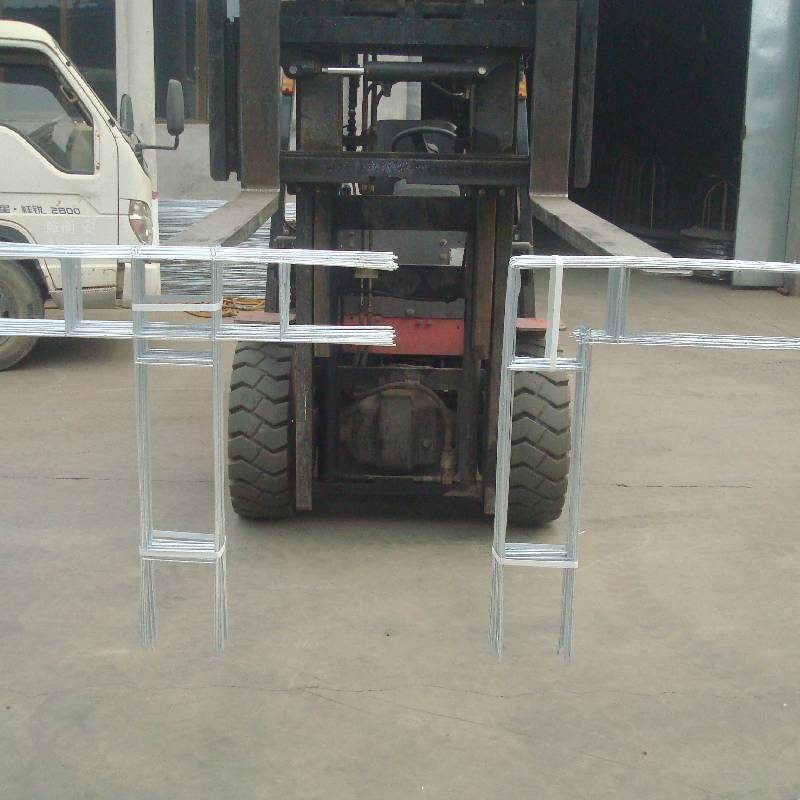
- Mobile Phone
- +8613931874955
- sales@cntcmetal.com
Cost Analysis of Field Fencing per Foot for Agricultural and Recreational Purposes
Understanding Field Fencing Costs A Comprehensive Overview
Field fencing is an essential component of agricultural and livestock management, serving multiple purposes from delineating property boundaries to protecting crops and livestock from predators. However, one of the most pressing concerns for farmers and landowners alike is the cost associated with installing field fencing, which can vary significantly depending on several factors. In this article, we will explore the average cost of field fencing per foot, the types of materials available, and considerations that can affect overall expenses.
Average Cost of Field Fencing per Foot
The cost of field fencing can range widely based on the type of fencing material chosen. Generally, you can expect prices to fall within the following ranges
- Barbed Wire Fencing This is one of the most economical options available, typically costing between $1 to $3 per foot. Barbed wire is durable and can effectively deter larger animals, making it a popular choice for grazing livestock.
- High-Tensile Wire Fencing Slightly more expensive than barbed wire, high-tensile wire fencing generally ranges from $2 to $4 per foot. It is known for its strength and resistance to sagging, making it a preferred option for extensive properties.
- Wooden Fencing Depending on the wood type and design, wooden fencing can range from $3 to $12 per foot. While it offers aesthetic appeal and durability, its higher cost can be a deterrent for some landowners.
- Vinyl Fencing This is one of the priciest options, with costs ranging from $10 to $30 per foot. Vinyl is low-maintenance and has excellent longevity, but the initial investment can be quite significant.
- Electric Fencing Installation costs for electric fencing can vary between $1 to $3 per foot for wire alone, but additional costs for energizers and grounding may increase the total
. This style is effective for controlling animal movements and deterring predators.field fencing cost per foot

Factors Influencing Field Fencing Costs
Several factors can influence the overall cost of field fencing beyond the material selected
1. Length of the Fence As a general rule, longer fences can reduce the per-foot cost due to economies of scale. However, the total installation cost will increase simply due to the larger quantity of materials needed.
2. Terrain and Location Fencing on uneven or rocky terrain can increase installation costs due to the need for additional labor and equipment. Remote areas may also have higher transportation costs for materials.
3. Labor Costs Depending on whether you choose to install the fence yourself or hire professionals, labor costs can vary significantly. Professional installation may add $2 to $5 per foot to your overall expenses.
4. Permits and Zoning In some areas, you may need permits for installing fencing, particularly if it involves significant land alteration. These costs should also be factored into the overall budget.
5. Gates and Accessories Depending on your fencing design and purpose, the inclusion of gates, braces, and other accessories will obviously increase overall costs.
Conclusion
Field fencing is a critical investment for anyone involved in agriculture or land management. Understanding the costs related to various materials and installation conditions can help landowners make informed decisions that suit both their budget and fencing needs. By considering the type of fencing, length, terrain, and additional factors, you can create a suitable field fence that not only enhances your property but also provides the necessary security for your livestock and crops. As with any investment, doing thorough research and planning can help mitigate costs and lead to a more successful fencing project.
share:
-
Your Source for Concrete Wall Ties and Masonry AccessoriesNewsJul.10,2025
-
Unlocking the Power of Iron Wire for Every ProjectNewsJul.10,2025
-
Explore Advanced Chain Wire and Stainless Steel Mesh FencingNewsJul.10,2025
-
Discover the Benefits of Annealed Wire ProductsNewsJul.10,2025
-
Discover China Stainless Steel Wire Mesh SolutionsNewsJul.10,2025
-
Build with Confidence Using High-Performance Masonry AccessoriesNewsJul.10,2025
-
Why Sacrificial Formwork Is Redefining Underground ConstructionNewsJun.06,2025



















